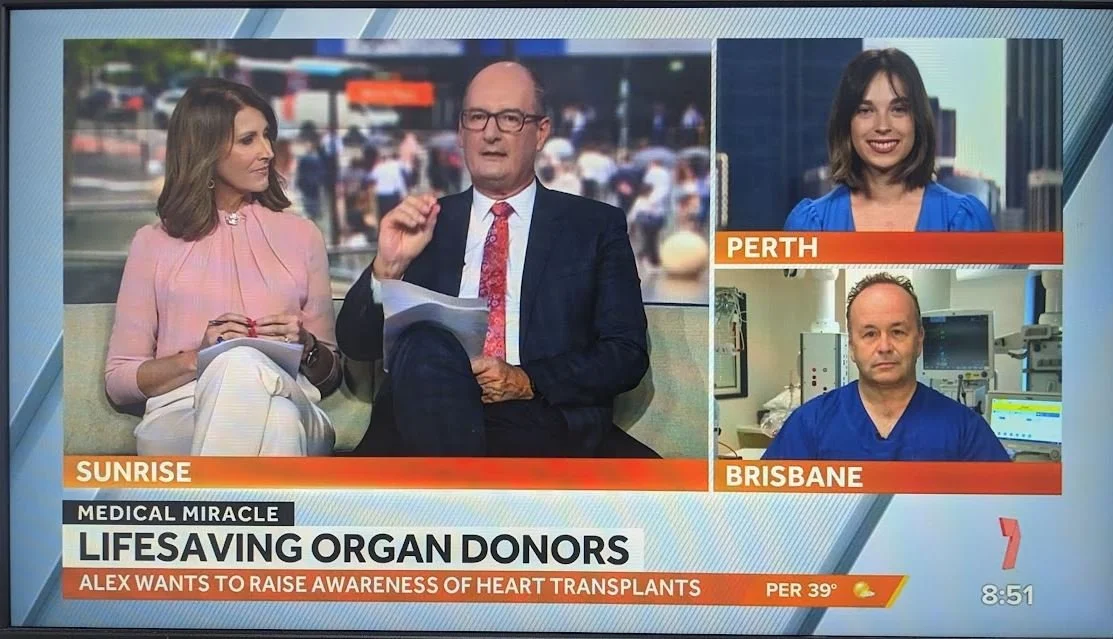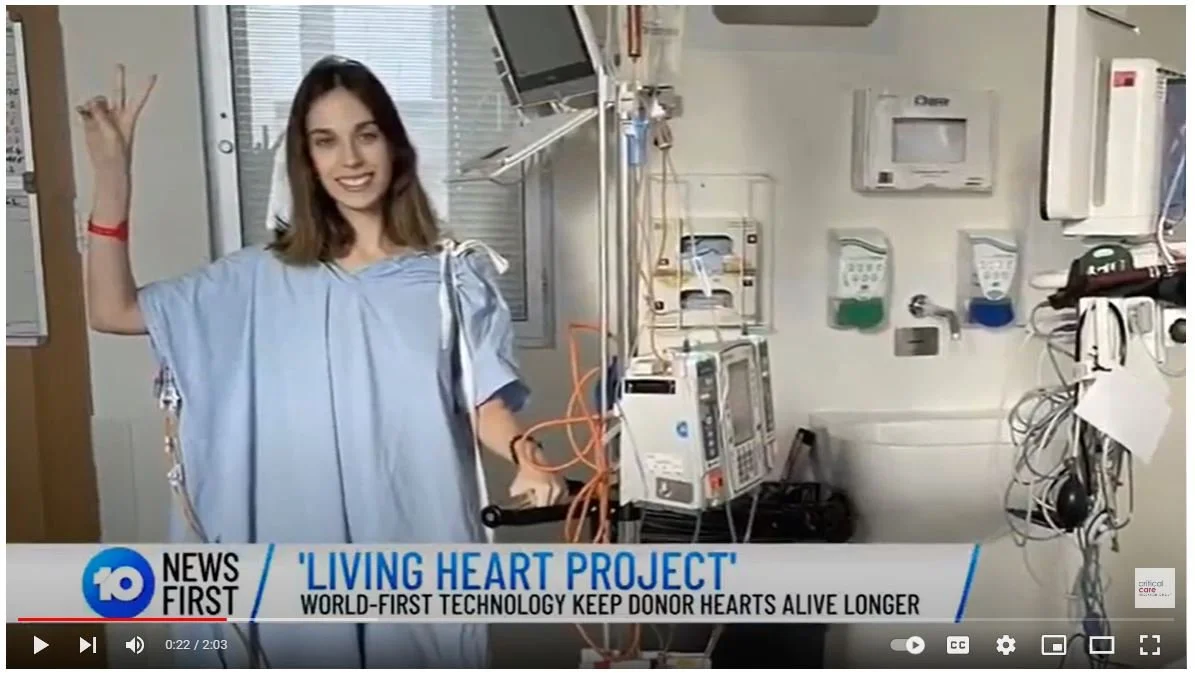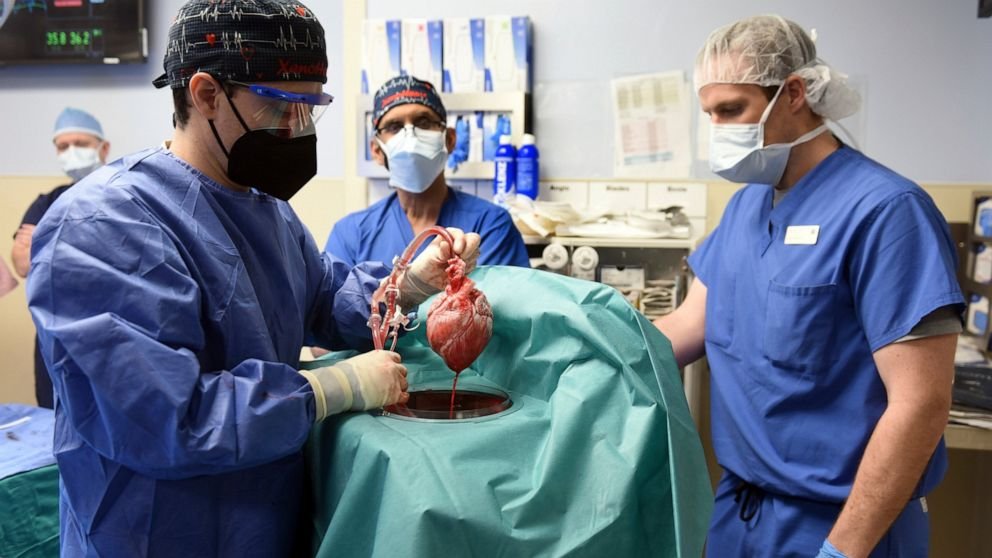The Living Heart Project:
‘Rebooting’ donor hearts with HOPE - hypothermic oxygenated perfusion
Together with teams from every major transplant centre in Australia and New Zealand, the Critical Care Research Group has perfected the use of a novel hypothermic oxygenated perfusion device to help donor heart recipients like 24 year old Alex (left).
The device allows donor hearts to rest and be rejuvenated before transplantation, essentially kept ‘alive’ with a medical “Gatorade” rich in oxygen and nutrients.
Heart transplant (HTx) is the only effective treatment for end-stage heart disease, yet organ shortage is the greatest challenge facing the transplant field today. Consequently, only a small number of patients with end-stage heart disease are given the opportunity of a transplant.
Heart failure is a growing health epidemic globally, and once developed, is irreversible and fatal.
Heart transplantation (HTx) is the most effective therapy to prolong life, however, there has been little innovation to address the severe shortage of donor hearts or improve preservation methods in decades, which still relies on placing donor hearts in ice slush during transport. This method provides limited transport time before the heart is at risk of poor function in the recipient, hence many donor hearts in Australia and New Zealand cannot be transplanted because the transport time is excessively long. Poor function of the donor heart once transplanted into the recipient is the major driver of morbidity and mortality after HTx.
The Living Heart Project represents the first major innovation in this field having developed the most advanced, clinically relevant model to examine the use of hypothermic ex vivo perfusion (HEVP), a novel means of preserving donor hearts. HEVP cools and perfuses donated hearts with an oxygenated solution, allowing it to remain outside the body for longer.
The technology and CCRG’s expertise were called upon in the world first xenotransplantation in Maryland, USA.
“For some time, I have been following the Critical Care Research Group’s impressive work and the subsequent clinical trials with great interest. Their preclinical results encouraged our use of the same system here and gave us confidence to move ahead with a transplant into a human.”
Dr Bartley Griffith, MD
University of Maryland School of Medicine
Muhammad M. Mohiuddin, MD, who worked alongside Dr Griffith said: “Without HEVP technology this transplant would never have happened.”
More Critical Care Research Group projects













